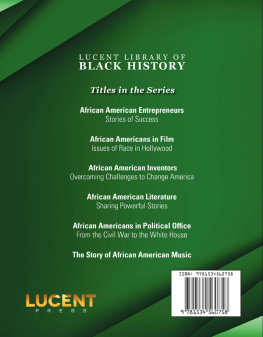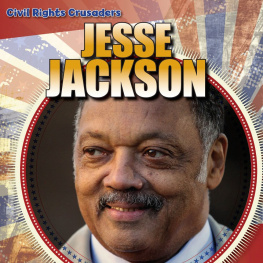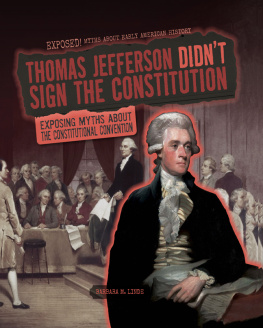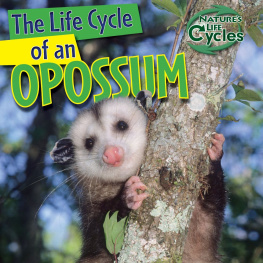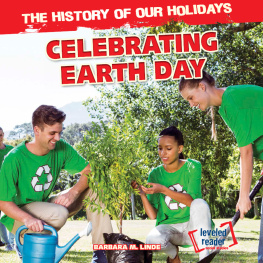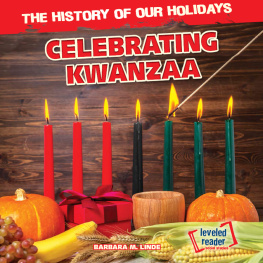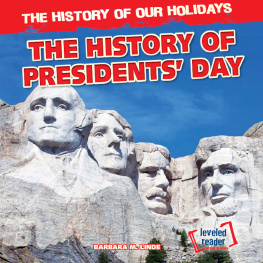Table of Contents
ISBN: 978-1-4339-5686-7
Levels: GR: M; DRA: 28
Civil Rights Crusaders
Civil Rights Crusaders
MALCOLM X
Civil Rights Crusaders
MALCOLM X Linde
Civil Rights Crusaders
By Barbara M. Linde
MALCOLM X
Please visit our website, www.garethstevens.com. For a free color catalog of all our high-quality books, call toll free
1-800-542-2595 or fax 1-877-542-2596.
Library of Congress Cataloging-in-Publication Data
Linde, Barbara M.
Malcolm X / Barbara M. Linde.
p. cm. (Civil rights crusaders)
Includes bibliographical references and index.
ISBN 978-1-4339-5688-1 (pbk.)
ISBN 978-1-4339-5689-8 (6-pack)
ISBN 978-1-4339-5686-7 (library binding)
1. X, Malcolm, 1925-1965Juvenile literature. 2. Black MuslimsBiographyJuvenile literature. 3. African American
MuslimsBiographyJuvenile literature. 4. African American civil rights workersBiographyJuvenile literature. 5. African
AmericansCivil rightsHistory20th centuryJuvenile literature. 6. African AmericansBiographyJuvenile literature. I.
Title.
BP223.Z8L57618 2011
320.546092dc22
[B]
2010054578
First Edition
Published in 2012 by
Gareth Stevens Publishing
111 East 14th Street, Suite 349
New York, NY 10003
Copyright 2012 Gareth Stevens Publishing
Designer: Katelyn E. Reynolds
Editor: Kristen Rajczak
Photo credits: Cover, pp. 324, back cover (background) Shutterstock.com; cover, p. 1 Robert Parent/Time & Life Pictures/
Getty Images; p. 5 Truman Moore/Time & Life Pictures/Getty Images; p. 7 Marion Trikosko, Library of Congress digital
version copyright Science Faction; p. 9 Keystone/Hulton Archive/Getty Images; p. 11 Bob Parent/Hulton Archive/Getty
Images; p. 13 Richard Saunders/Hulton Archive/Getty Images; p. 15 Robert L. Haggins/Time & Life Pictures/Getty Images;
p. 17 Marvin Lichtner/Time & Life Pictures/Getty Images; p. 19 Express/Hulton Archive/Getty Images.
All rights reserved. No part of this book may be reproduced in any form without permission in writing from the publisher,
except by a reviewer.
Printed in the United States of America
CPSIA compliance information: Batch #CS11GS: For further information contact Gareth Stevens, New York, New York at 1-800-542-2595.
Words in the glossary appear in bold type the rst time they are used in the text.
Civil Rights Crusader ....................................................................4
Early Life .........................................................................................6
School Years ..................................................................................8
Prison Brings Changes ...............................................................
Working for the NOI ...................................................................
Changing Ideas ..........................................................................
More Changes, More Troubles ................................................
The End Comes Too Soon .........................................................
Malcolms Work Lives On ......................................................... 20
Glossary ....................................................................................... 22
For More Information ................................................................ 23
Index ..............................................................................................
CONTENTS
G
CIVIL RIGHTS CRUSADER
Malcolm X spent many years speaking about the
importance of civil rights for all. At rst, he disagreed with
other leaders of the civil rights movement about integration .
He believed in black pride and keeping black people and
white people separate. He also disagreed with the idea
of bringing about change through peaceful actions. He
said blacks needed freedom, justice, and equality by any
means necessary. Later experiences changed his mind.
He began working with, instead of against, other civil rights
leaders. Malcolm X was murdered in 1965, but his work and
ideas live on.
Malcolm X was only 39 years old
when he died.
L
E
T
F
R
E
E
D
O
M
R
I
N
G
Malcolm X began life as Malcolm Little. He was born in
Nebraska on May 19, 1925. He had seven brothers and sisters. His
father, Earl, was a minister . His mother, Louise, took care of the
family. When Malcolm was about 4, the family moved to Michigan.
Earl Little talked about black pride. He believed blacks would
never be treated fairly in the United States. Earl said they could
only receive justice by living in
Africa. These ideas angered
many people. When Malcolm
was just 6 years old, Earl
died. His family believed Earls
enemies had killed him.
When Malcolm was growing up,
many places in the United States
were segregated . African Americans
faced discrimination in all
parts of life.
EARLY LIFE
Malcolm learned many of his early
beliefs from his father.
L
E
T
F
R
E
E
D
O
M
R
I
N
G
L
L
L
L
L
L
E
E
E
E
E
E
T
T
T
T
T
T
T
T
T
F
F
F
F
F
F
F
R
R
R
R
R
R
R
R
R
R
R
R
E
E
E
E
E
E
E
E
E
E
E
E
E
E
E
D
D
D
D
D
D
D
D
D
D
D
D
D
O
O
O
O
O
O
O
O
O
O
O
O
O
O
O
O
O
M
M
M
M
M
M
M
M
M
M
M
M
M
M
R
R
R
R
R
R
R
R
R
R
R
R
R
R
R
R
R
I
I
I
I
N
N
N
N
N
N
N
N
N
N
N
N
N
N
N
G
G
G
G
G
G
G
G
G
G
G
G
G
G
G
G
G
After Earls death, Louise became ill and wasnt able


